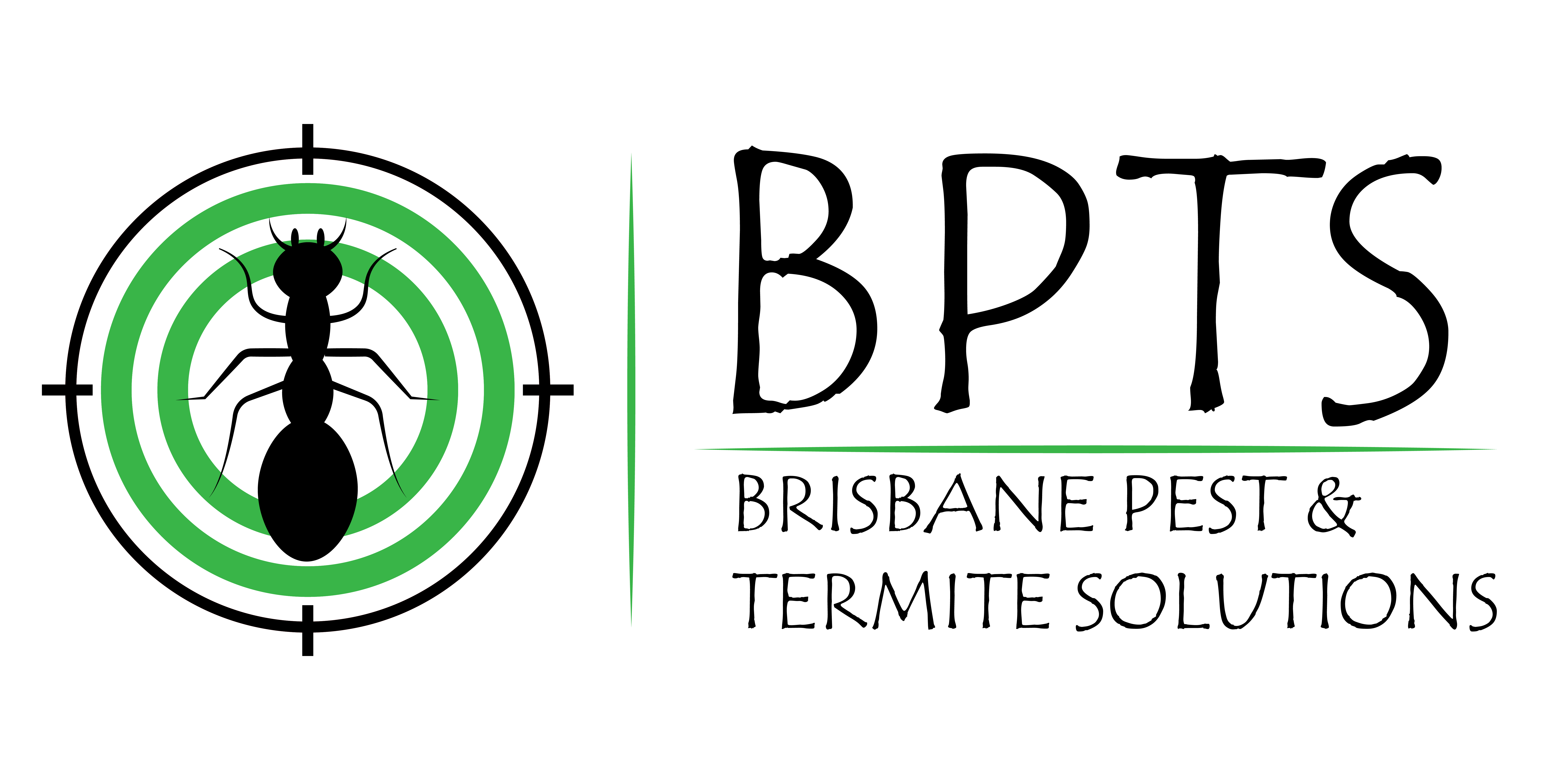Integrated Pest Management (IPM) is a sustainable and environmentally-friendly approach to pest control that aims to reduce or eliminate the use of chemical pesticides. IPM is based on the principle that the most effective way to manage pests is to combine multiple methods and techniques, such as biological control, cultural practices, physical control, and chemical control, in a way that is tailored to the specific pest and the context in which it is found.
IPM emphasizes the use of non-chemical methods of pest control whenever possible, such as planting pest-resistant crops, improving soil quality, and using traps and barriers to prevent pests from reaching crops or buildings. When chemical pesticides are used, they are chosen and applied in a way that minimizes their impact on the environment and human health.
IPM is an important approach to pest control because it is more sustainable and cost-effective in the long run, and it reduces the risk of developing resistance to chemical pesticides. It also promotes biodiversity and helps to preserve natural ecosystems by avoiding the indiscriminate use of pesticides that can harm non-target species.
Pest management at early learning centers is an essential part of maintaining a healthy and safe environment for children. Here are some tips for effective pest management:
Identify potential pest problems: Conduct regular inspections of your early learning center to identify any signs of pest activity, such as droppings, nests, or holes in the walls.
Implement preventative measures: Keep your center clean and tidy, regularly dispose of garbage, and seal any entry points to prevent pests from getting in.
Use non-toxic methods: Avoid using harmful chemicals that could be dangerous to children. Instead, use non-toxic methods, such as sticky traps, baits, and physical barriers.
Consult with a professional: If you have a severe pest infestation, it’s best to consult with a pest control professional who can recommend the most effective and safe treatment options.
Educate staff and parents: Teach your staff and parents about the importance of pest management and how to identify potential problems to ensure a pest-free environment.
Remember, early learning centers have a responsibility to provide a safe and healthy environment for children, and effective pest management is an important part of achieving that goal.
